“Neuralgia” just means “nerve pain”, but it is a term used more specifically than that. It has been defined as:
“intense, typically intermittent pain along the course of a nerve, especially in the head or face.”
Trigeminal Neuralgia
The trigeminal nerve is a nerve that supplies the face with feeling and movement. “Tri-” in its name refers to the three branches it splits into on either side, illustrated above. Typically with trigeminal neuralgia, only one side of the face is affected, and it is rare that all three branches would be symptomatic at once.
Symptoms are episodic but intense. Sharp, extreme pain in the affected area of the face can be caused by facial movement or even light touch to the skin. The pain can last a few seconds to a couple of minutes. There are other conditions that can cause episodic facial pain, such as migraine or dental problems, so these need to be considered when making a diagnosis. Your GP may want to send you for an MRI to be certain.
Unfortunately, often the exact cause of trigeminal neuralgia is unknown. Generally it is considered an issue of nerve compression somewhere near the top of the spinal cord or where the nerve exits the skull. You may find that gentle osteopathic treatment to the head and neck can help to manage your symptoms over time.
Post-Herpetic Neuralgia
Chicken pox is caused by a virus in the herpes family, which can lay dormant in the nervous system for years after the initial infection before attacking again as shingles. It often causes blisters along the course of a nerve, which can be particularly clear around the ribs where a nerve travels between each rib. For most people it will be unpleasant, but will resolve without too much complication. But for about 20% of people, it can lead to post-herpetic neuralgia.
Symptoms include a sharp pain between the ribs that may be intermittent or constant. The skin in that area may also be hyper sensitive to stimuli that are not normally painful. Usually symptoms will resolve within a year, but sometimes they persist for much longer. Your GP may be able to support you with prescribed painkillers that are more effective for nerve pain. Your osteopath may also be able to help with desensitising techniques.
Pain that lasts more than three months is considered chronic and may be treated differently by the nervous system. The sooner you can seek treatment for your pain the better, but there are still be things we can do to help the 10-20% of the population affected by it.
Sciatica
Technically sciatica is a neur (nerve) algia (pain), although it is not usually considered to be under the same umbrella as the conditions above. Pain is not always so intense, and other symptoms such as pins and needles or numbness can be more significant. Irritation can be caused by mechanical issues along the nerve, and your osteopath can work to identify those causes and relieve you of them.
Click here to make an appointment in Naas for your nerve pain






